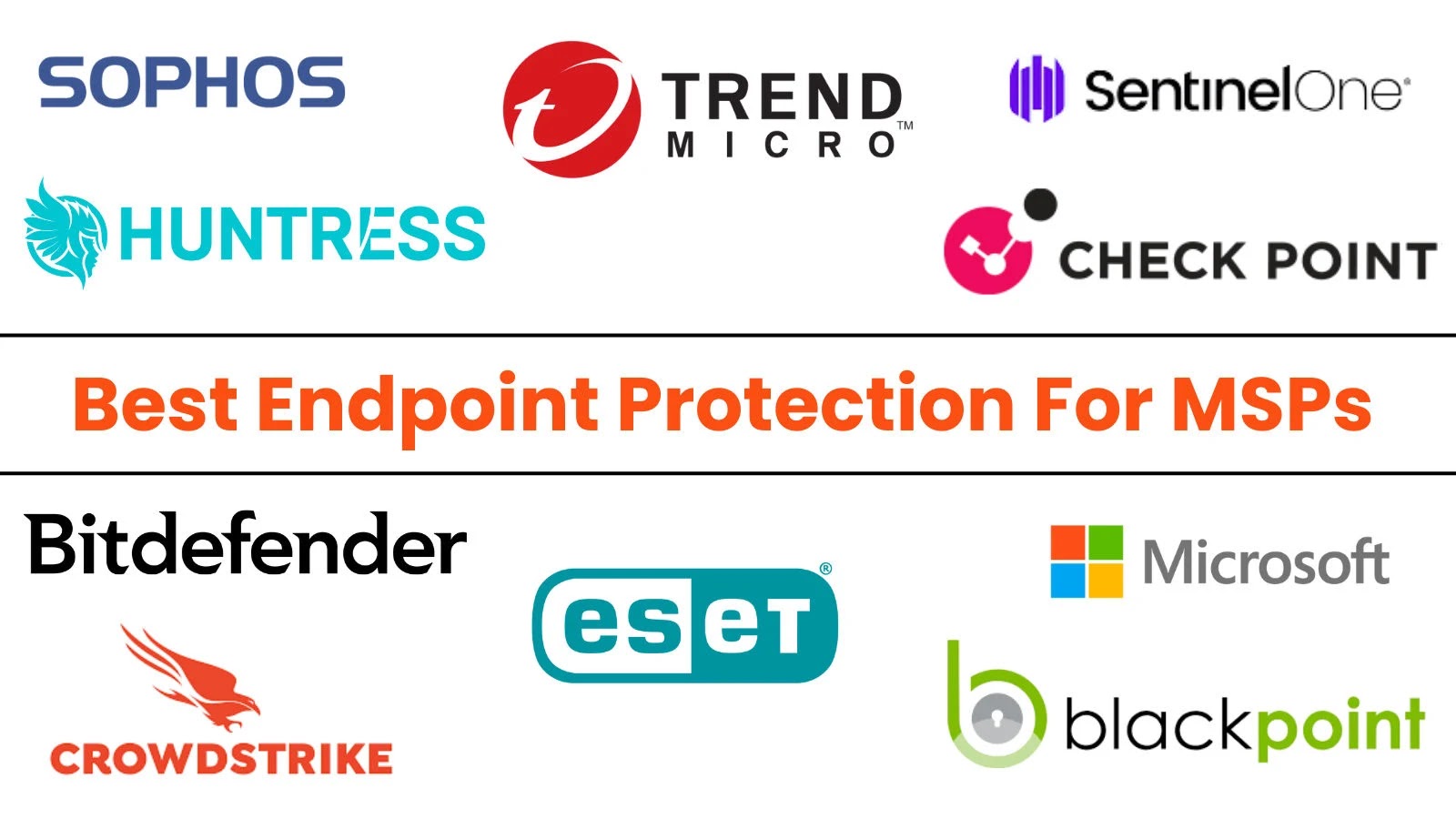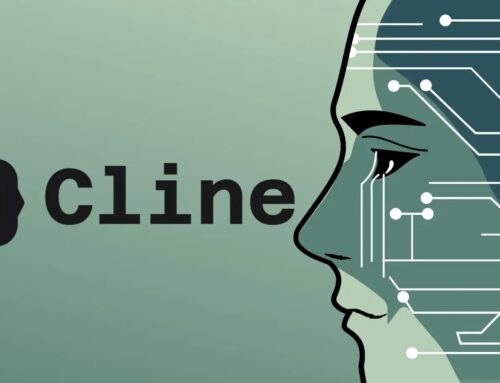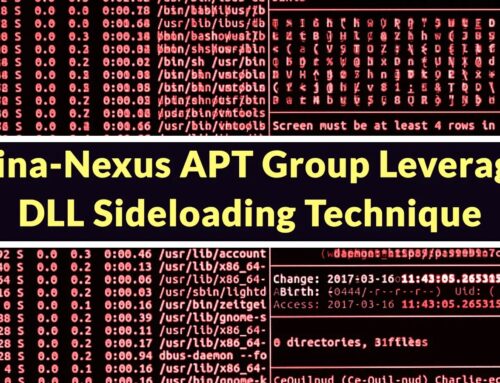
Top 10 Best Endpoint Protection Solutions For MSPs/MSSPs in 2025
Securing the Digital Frontier: Top Endpoint Protection for MSPs/MSSPs in 2025
Managed Service Providers (MSPs) and Managed Security Service Providers (MSSPs) are the vigilant guardians of their clients’ digital assets. In a threat landscape that shifts with relentless speed, the weakest link often lies at the endpoint – the laptops, desktops, servers, and mobile devices that form the operational backbone of any organization. For MSPs and MSSPs, choosing the right endpoint protection solution isn’t just a recommendation; it’s a critical strategic decision that directly impacts client security, operational efficiency, and ultimately, reputation.
As we look to 2025, the demands on endpoint security are escalating. Beyond traditional antivirus, solutions must offer advanced threat detection, rapid response capabilities, and seamless integration for multi-tenant environments. This guide delves into the top endpoint protection solutions that empower MSPs and MSSPs to deliver robust, proactive security across their diverse client portfolios.
Understanding the Evolving Threat Landscape for Endpoints
Endpoints are the most frequent targets for cyberattacks. Phishing campaigns, ransomware, malware, and zero-day exploits often gain initial access through an unsuspecting user’s device. As cybercriminals become more sophisticated, traditional signature-based detection is no longer sufficient. Modern endpoint protection must incorporate a blend of artificial intelligence (AI), machine learning (ML), behavioral analysis, and extended detection and response (XDR) capabilities to identify and neutralize threats before they inflict damage.
For MSPs and MSSPs, managing hundreds or thousands of endpoints across multiple clients presents unique challenges. Solutions must offer centralized management, scalable deployment, and granular policy control, alongside robust reporting and automated remediation features. The focus is not just on prevention, but also on rapid detection and effective response to minimize dwell time and potential impact.
Key Features an MSP/MSSP Endpoint Protection Solution Must Offer
- Advanced Threat Protection: Goes beyond signatures to detect unknown threats using AI, ML, and behavioral analysis.
- Endpoint Detection and Response (EDR): Provides deep visibility into endpoint activity, enabling rapid investigation and response to incidents.
- Multi-Tenancy and Centralized Management: Essential for MSPs/MSSPs to manage multiple clients and endpoints from a single console.
- Scalability: Ability to effortlessly protect growing numbers of endpoints without performance degradation.
- Automation: Automated threat isolation, remediation, and patching to reduce manual effort.
- Integrations: Seamless integration with other security tools (SIEM, SOAR, RMM) for a cohesive security posture.
- Reporting and Analytics: Comprehensive dashboards and reports for compliance, incident analysis, and client communication.
- Managed Detection and Response (MDR) Capabilities: Some solutions offer built-in or optional MDR services for 24/7 expert monitoring.
- Vulnerability Management: Identification and prioritization of endpoint vulnerabilities, often integrated with patch management.
Top 10 Best Endpoint Protection Solutions for MSPs/MSSPs in 2025
Drawing insights from the evolving security landscape and industry benchmarks, here are leading endpoint protection solutions tailored for the unique needs of MSPs and MSSPs:
1. CrowdStrike Falcon
CrowdStrike’s cloud-native platform is a front-runner, known for its superior EDR capabilities and AI-powered threat detection. Its lightweight agent provides deep visibility without impacting endpoint performance. The Falcon platform offers extensive modules, including next-gen antivirus, threat hunting, and IT hygiene, making it a comprehensive choice for MSPs/MSSPs seeking advanced protection.
2. SentinelOne Singularity
SentinelOne stands out with its autonomous AI-driven EDR, offering real-time prevention, detection, and response capabilities. Its Static AI and Behavioral AI engines work to stop threats pre-execution and during runtime. SentinelOne’s Singularity XDR platform unifies EPP, EDR, IoT security, and Cloud Workload Protection, providing a holistic view for security teams.
3. Microsoft Defender for Endpoint
Leveraging Microsoft’s expansive threat intelligence, Defender for Endpoint offers robust endpoint protection, EDR, and vulnerability management. It integrates seamlessly with the broader Microsoft 365 Defender suite, providing a unified security experience. For organizations heavily invested in the Microsoft ecosystem, it presents a compelling, often cost-effective, solution.
4. Sophos Intercept X
Sophos Intercept X combines deep learning AI with anti-ransomware technology (CryptoGuard) and exploit prevention. Its XDR capabilities allow for easy integration with other security tools for broader visibility. Sophos Central, the management platform, is designed for multi-tenancy, making it highly suitable for MSPs.
5. Carbon Black Cloud (VMware)
VMware Carbon Black Cloud offers a comprehensive suite of endpoint security products, including next-gen anti-virus, EDR, and threat hunting. Its cloud-native architecture provides real-time visibility and control across endpoints and workloads. Carbon Black is recognized for its strong investigative capabilities and active threat hunting features.
6. ESET PROTECT
ESET PROTECT delivers multi-layered endpoint protection with a strong focus on minimal system impact. It includes advanced threat defense, EDR, and full disk encryption. ESET’s reputation for strong detection rates and ease of management, particularly within an MSP context, makes it a popular choice.
7. Trend Micro Apex One
Trend Micro Apex One provides a blend of advanced threat protection, EDR, and automated response capabilities. It features a unique combination of cross-generational threat defense techniques, including virtual patching, behavioral analysis, and machine learning, delivered from a single agent. Its Apex Central console offers centralized management for MSPs.
8. Kaseya Vishing Security Suite (VSA + EDR)
Kaseya’s integrated platform, particularly when leveraging VSA with an EDR solution, offers a cohesive approach for MSPs. While Kaseya VSA provides remote monitoring and management (RMM) and patch management, integrating a strong EDR solution (like their acquired Darktrace or external EDRs) creates a powerful combination for endpoint security and management.
9. Palo Alto Networks Cortex XDR
Cortex XDR by Palo Alto Networks is an extended detection and response platform that not only secures endpoints but also integrates data from networks, cloud, and identity sources. Its focus on incident prioritization and guided investigation makes it a powerful tool for sophisticated security operations within MSSPs.
10. Cisco Secure Endpoint (formerly AMP for Endpoints)
Cisco Secure Endpoint provides comprehensive endpoint security that includes prevention, detection, and incident response. It leverages Cisco’s vast threat intelligence network and integrates with other Cisco security products for a unified security architecture. Its retrospective security capabilities allow it to detect and stop threats that evaded initial detection.
Remediation Actions for Endpoint Compromise
Even with the best protection, vigilance is key. If an endpoint compromise is detected, swift action is crucial:
- Isolate the Compromised Endpoint: Immediately disconnect the affected device from the network to prevent further spread.
- Gather Forensics: Use EDR tools to collect logs, process data, and other forensic artifacts to understand the attack’s scope and origin.
- Containment and Eradication: Remove malicious files, processes, and persistence mechanisms. This may involve reimaging the device if necessary.
- Identify Root Cause: Determine how the compromise occurred (e.g., phishing, unpatched vulnerability like CVE-2024-XXXXX, weak credentials).
- Patch and Update: Ensure all systems are fully patched against known vulnerabilities.
- Reset Credentials: Force password resets for any potentially compromised accounts.
- Enhance Security Controls: Implement additional security layers or fine-tune existing policies based on lessons learned from the incident.
- Communicate: Inform affected parties and stakeholders as per incident response plan.
Conclusion
Selecting the right endpoint protection solution for your MSP or MSSP in 2025 is more critical than ever. The distinction between good and excellent lies in advanced threat detection, robust EDR capabilities, seamless multi-tenant management, and a strong focus on automation and integration. By carefully evaluating these top contenders against your clients’ specific needs and your operational workflows, you can build a formidable defense that protects against the most sophisticated threats and solidifies your role as a trusted security partner.





